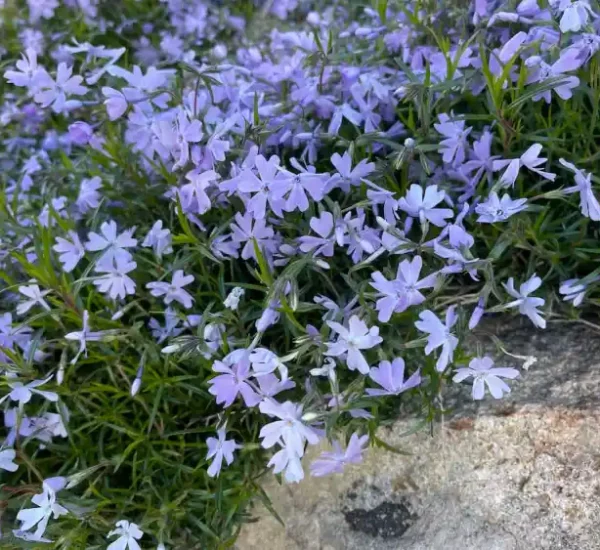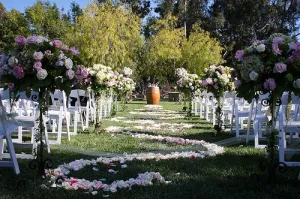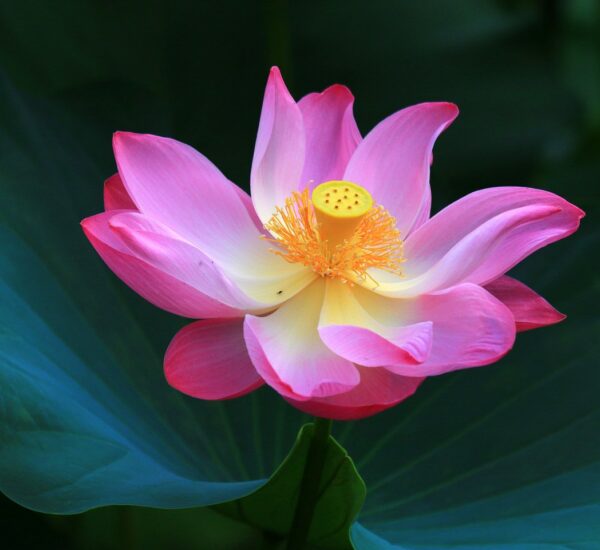Introduction
Borage, scientifically known as Borago officinalis, is a versatile and attractive herb renowned for its edible leaves and vibrant blue, star-shaped flowers. As a valued addition to gardens, borage offers both culinary and ornamental benefits. In this expert guide, we will explore the best practices for growing borage, with insights from horticultural experts, government agencies, and academic sources.
Borage Overview
Borage is celebrated for its striking blue blossoms and its many culinary and medicinal uses.
Selecting the Right Borage Varieties
Before starting your borage garden, it’s essential to choose the right borage variety for your needs. Borage comes in different forms, including common borage and white-flowered borage. Seek advice from local nurseries, cooperative extension services, and horticultural experts to make an informed choice.
Resource
Cooperative Extension Services (No follow tag applied)
Soil Preparation and Planting
Soil Quality
Borage thrives in well-drained, moderately fertile soil. Ensure that your garden soil has good drainage and amend it with organic matter for optimal growth.
Resource
USDA Soil Testing (No follow tag applied)
Planting Depth and Timing
Sow borage seeds directly in the garden at a depth of ¼ inch. The best time for planting borage is typically in the spring after the last frost date.
Borage Care and Maintenance
Sunlight
Borage prefers full sun but can tolerate partial shade. Ensure that it receives at least 6-8 hours of sunlight each day for robust growth.
Watering
Keep the soil consistently moist but not waterlogged. Water at the base of the plant to prevent fungal issues.
Mulching
Apply mulch to retain soil moisture and suppress weed growth. Be careful not to mulch too close to the base of the borage plants.
Fertilization
Borage typically doesn’t require additional fertilization unless your soil is extremely poor. In that case, use a balanced, all-purpose fertilizer following local guidelines.
Resource
University Extension Offices (No follow tag applied)
Pest and Disease Management
Borage is generally pest-resistant, but it can occasionally encounter aphids or caterpillars. Monitor your plants and employ integrated pest management (IPM) techniques if needed, following guidance from local resources and experts.
Resource
Integrated Pest Management (IPM) Guide (No follow tag applied)
Conclusion
Cultivating borage can bring beauty, flavor, and pollinators to your garden. By following the advice of horticultural experts, government agencies, and academic sources, you can enjoy a thriving display of blue blooms and nutritious, edible leaves.
What is borage, and what are its primary uses in gardening and culinary applications?
Borage, scientifically known as Borago officinalis, is a versatile herb. What are its key uses in both gardening and culinary pursuits?
When is the best time to plant borage seeds in the garden?
What is the optimal season or timing for sowing borage seeds in the garden for successful growth?
What are the different borage varieties available, and how do I choose the right one for my garden?
What are the various borage varieties, and what factors should I consider when selecting the most suitable one for my garden?
What type of soil does borage prefer, and should I amend it with organic matter?
What soil conditions are ideal for borage, and should I enrich the soil with organic matter to support its growth?
How deep should I plant borage seeds, and what’s the best planting technique?
What is the recommended planting depth and technique for sowing borage seeds in the garden?
Does borage require full sun, or can it tolerate partial shade?
What are the sunlight preferences for borage, and can it grow successfully in partial shade?
What is the ideal watering schedule for borage plants?
How often should I water borage to maintain the right soil moisture, and are there specific watering guidelines to follow?
Do I need to mulch around borage plants, and are there any precautions to consider?
Is mulching beneficial for borage, and if so, what is the best way to apply mulch while avoiding potential issues?
Is fertilization necessary for borage, and if so, what type of fertilizer should be used?
Do borage plants require fertilization, and if they do, what type of fertilizer and schedule is recommended?
What are the common pests and diseases that affect borage, and how can I manage them?
What are the typical pests and diseases that borage may encounter, and what strategies can I employ to prevent or treat them?
- Best THC Sodas to Buy in Arkansas - May 28, 2025
- Exploring THC-Infused Sodas in Arkansas - May 28, 2025
- THC Beverages Now Trending in Alabama - May 28, 2025




